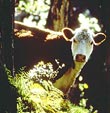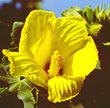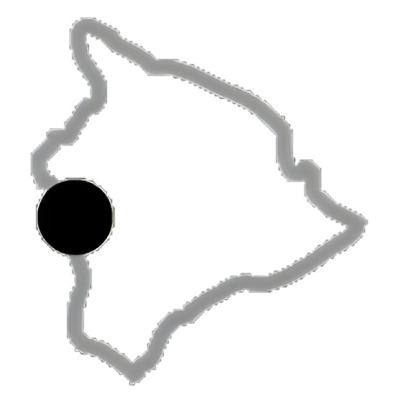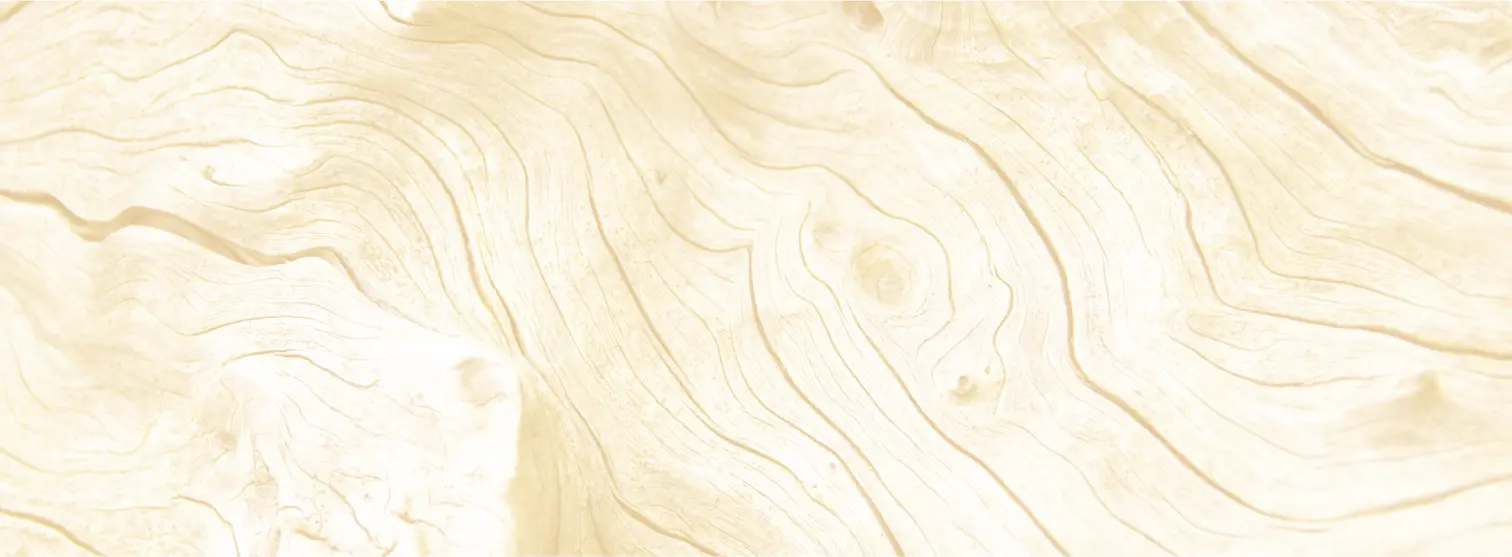Conservation

Pittosporum seeds eaten by rats
A short trip around the Big Island will take you past habitats of some of the rarest plants and animals on earth. Predation, disease, invasive species, and deforestation are all continuing threats to the native Hawaii biota. Hawaii has turned into one of the best places to study extinction process and Conservation Biology. Because of Hawaii’s isolation and unique evolution, the species that evolved here were poorly equipped to compete and defend against the thousands of species brought here by man over the last few hundred years.

Black Rat in a bird’s nest
Rats were first brought to Hawaii by the Polynesians and later by Westerners. They have come to play a disastrous role in native ecosystems. They impact both native birds and endemic vegetation by predation.

Cow in Forest
Native Hawaiian plants have few defenses against hoofed browsers, grazers or rooters. Cattle, while an important economic component of modern Hawaii continue to impact native plant habitat, as do sheep, goats, and deer.

Protected Forest
Wild Pigs can devastate native forest destroying native plants by their extensive “rooting”. Compare the full forest growth on the left side of the barbwire fence with the damage to the forest floor created by pig activity on the right side of the fence.

Dead Trees
Though not as obvious, the impact of wild pigs on native birds is tremendous. By making wallows in the forest floor and by eating the tuberous centers of tree ferns pigs create pools of stagnant water throughout the rainforest. Mosquitoes, not native to Hawaii, breed within these pools. The mosquitoes then spread avian blood diseases such as pox and malaria by biting the birds such as the young honeycreeper, Apapane, in the photo below. Lacking genetic defenses against these diseases the native birds weaken and die. Research has drawn direct correlations between the number of pigs in a forest and the level of disease in the forest bird population.

Pig Damage
Invasive species such as the Blackberry are able to compete and replace native flora. The island has literally thousands of acres of once diverse native forest overgrown with species such as Christmasberry, Guava and numerous exotic grasses. Millions of dollars are spent each year to combat, eradicate, and prevent new plant and animal introductions into the islands.

Apapane with Mosquito
Add to these threats the continuing deforestation by logging, urban development, and fire. The state of Hawaii’s native habitat is in dire shape. From 1970 to 1995 Hawaii’s population grew 61%. At the same time, the land in forest decreased by 52%.

Invasive Blackberry
In many instances species of plants and birds have been reduced in population to a single or a few individuals. Shown below is a native Hibiscus once near extinction. Its beautiful blossom led to its cultivation for landscaping. One wild population was found on the island with less than a handful of individuals. The population was fenced off from animals and today there are dozens of plants in the enclosure. The battle to save the endemic Hawaii is being fought from many angles. With education and awareness we can slow the loss of our native Hawaii.

A Native Hibiscus












